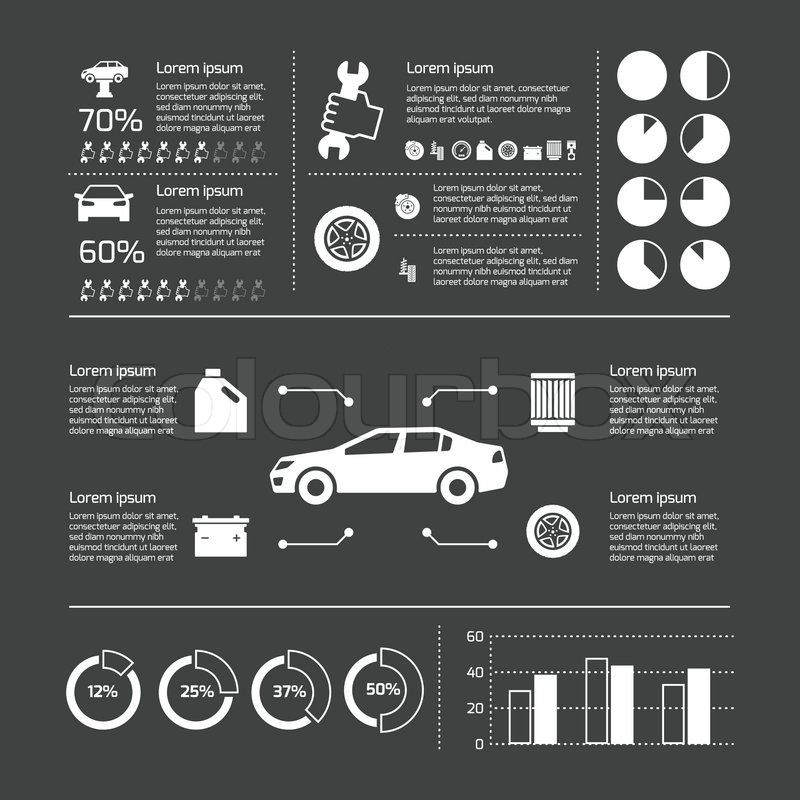Decoding Your Vehicle'S Caution Indicators: What They Truly Indicate
Decoding Your Vehicle'S Caution Indicators: What They Truly Indicate
Blog Article
Developed By-Termansen Gilbert
When you're behind the wheel, those glowing caution lights on your control panel can be a little bit difficult. Do you understand what they're attempting to inform you concerning your automobile's health? Understanding the value of these lights is essential for your safety and security and the durability of your car. So, the following time one of those lights appears, wouldn't you wish to decipher its message accurately and take the needed actions to resolve it?
Common Warning Lights and Interpretations
Recognize usual warning lights in your auto and comprehend their meanings to guarantee secure driving.
The most normal caution lights include the check engine light, which signifies concerns with the engine or emissions system. If this light comes on, it's important to have your automobile checked immediately.
The oil stress warning light shows reduced oil stress, requiring immediate attention to prevent engine damage.
A blinking battery light might suggest a malfunctioning billing system, potentially leaving you stranded if not resolved.
The tire pressure tracking system (TPMS) light alerts you to reduced tire pressure, affecting lorry stability and gas effectiveness. Ignoring this might lead to dangerous driving conditions.
The ABS light suggests a problem with the anti-lock braking system, jeopardizing your ability to quit rapidly in emergency situations.
Lastly, the coolant temperature advising light warns of engine getting too hot, which can result in severe damage otherwise solved swiftly.
Comprehending these usual warning lights will certainly assist you deal with concerns immediately and preserve secure driving conditions.
Significance of Prompt Interest
Recognizing the typical caution lights in your car is just the first step; the importance of immediately addressing these warnings can not be highlighted sufficient to ensure your security when traveling.
When a caution light illuminates on your dashboard, it's your car's means of connecting a possible issue that requires focus. Disregarding these cautions can bring about much more extreme troubles down the road, compromising your security and potentially costing you more in repairs.
Trigger focus to alerting lights can stop malfunctions and mishaps. For instance, a blinking check engine light could indicate a misfire that, if left ignored, could trigger damage to the catalytic converter. Addressing this quickly can conserve you from a costly repair.
Likewise, a brake system warning light may indicate low brake liquid or worn brake pads, essential elements for your safety and security when driving.
Do It Yourself Troubleshooting Tips
If you observe a caution light on your control panel, there are a few do it yourself fixing pointers you can attempt prior to looking for specialist aid.
https://brakepads06283.actoblog.com/32753105/learn-how-environmentally-friendly-car-describing-products-can-elevate-your-automobile-s-sparkle-while-securing-the-planet-discover-the-sustainable-alternatives-waiting-for-you is to consult your automobile's guidebook to recognize what the details caution light shows. Occasionally the problem can be as simple as a loosened gas cap causing the check engine light. Tightening up Suggested Browsing may deal with the problem.
One more usual concern is a low battery, which can cause different advising lights. Inspecting the battery links for corrosion and guaranteeing they're protected could take care of the trouble.
If a caution light lingers, you can try resetting it by disconnecting the automobile's battery for a few minutes and after that reconnecting it. Furthermore, inspecting your lorry's fluid levels, such as oil, coolant, and brake liquid, can assist repair warning lights related to these systems.
Verdict
To conclude, understanding your auto's caution lights is necessary for keeping your vehicle running efficiently and safely. By promptly addressing these alerts and recognizing what they mean, you can prevent expensive repair services and possible failures.
Keep in mind to consult your car's manual for particular information on each warning light and act appropriately to make certain a trouble-free driving experience.
Remain informed, stay safe when driving!
